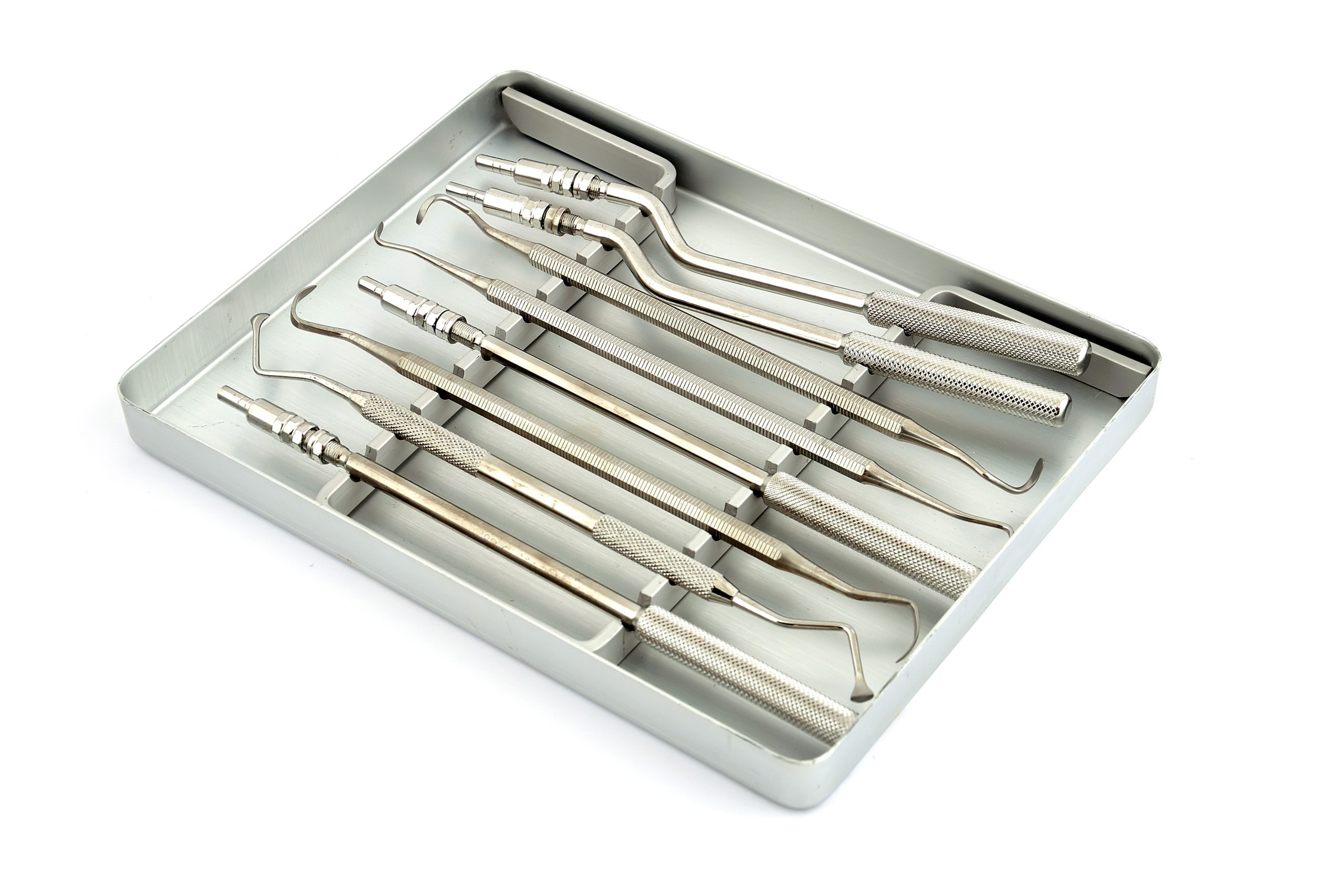Sinus Lift Surgery in North Vancouver
You may have heard of someone suffering from a sinus headache or sinusitis. Other than knowing that it must be painful and involve the nose, do you really know what or where your sinuses are? The sinuses are a group of connected pockets in your skull that work together for air filtration and humidification.
There are four sinuses called the Frontal Sinus (located in your forehead), the Ethmoid Sinus (in between the eyes at the bridge of the nose), the Sphenoid Sinus (behind the nose), and finally, the Maxillary Sinus (in your cheeks above your top teeth).
These sinuses are made up of soft tissues called mucosa and contain a layer of mucus. The sinuses use the nose to drain any unwanted build-up of mucus, often seen with infections (sinusitis), colds, flu, and allergies.
The Maxillary Sinus also houses some of the roots of the upper teeth. This is important to note because if they are extracted, only a paper-thin bone wall exists between the maxillary sinus and the mouth cavity. We mention this because patients needing dental implants in their upper jaw must have a substantial healthy bone to attach them to. Damage, disease and bone loss make these implants difficult, but we have a solution–sinus lift surgery!
While hearing the word surgery may ring alarm bells, this procedure is minor and simply increases the amount of bone in the maxilla (upper jaw). To allow for increased bone volume, the maxillary sinus membrane is augmented or lifted.
Signs You Might Need Sinus Lift Surgery
If you can’t get dental implants due to the limited quantity of bone or your sinus position, a sinus graft may be right for you.
Here are a few signs you may be a candidate for a sinus lift procedure:
- Sinus Position: If your maxillary sinuses are too close to the maxilla (upper jaw bone), there may not be room for the implant, so they must be lifted to allow for increased bone volume to attach to the implant.
- Gum Disease: If you suffer from periodontal (gum) disease that has resulted in bone loss, again, this must be increased prior to getting implants.
- Lost or Extracted Upper Teeth: This is most pertinent when it comes to the posterior teeth and back molars because this part of the jaw has less bone when compared to its lower jaw counterpart.
- Bone Reabsorption: Over time, following lost or extracted teeth, bone reabsorption occurs, making dental implants in that area difficult.
How to Prepare for Sinus Lift Surgery
Once it is determined that you are a good candidate for a dental sinus lift, you and your dentist will discuss a good time to undergo the surgery (best to avoid seasonal allergy season if you are a sufferer) and select which type of bone graft is the best fit.
There are three types of bone commonly used in a sinus lift:
- Allogeneic bone: This means the bone used for the procedure is taken from a cadaver.
- Autogenous bone: In this case, the bone is your own and taken from another part of your body.
- Xenograft: In this case, the bone will come from a cow.
The Sinus Lift Procedure
At Bayview Lonsdale Dentist, we ensure a safe and gentle experience for those under our care. We have experienced dentists who deliver precise and effective results regarding sinus augmentation. When coming in for the procedure, you can expect:
- Initial Consultation and Examination: Here, we will explore your health history, examine your mouth, and perform any required specialized testing, like dental radiographs (x-rays) and CT scans, to assess the anatomy of your sinus and jaw.
- Sinus Lift:
- To begin the procedure, the patient will receive local anesthetic and/or sedation depending on which type of graft will be used.
- Next, the dental surgeon will cut into the gum tissue, where the bone graft will be done, lifting the gum tissue and exposing the bony structure underneath.
- Then, a small circular hole will be cut into the bone.
- Next, the dentist will elevate the bony piece into the maxillary sinus cavity and fill the small hole using the bone graft.
- Finally, when everything is in place, the incision will be closed using sutures (stitches), and the healing process can begin.
- Follow-up: A week following the surgery, we will do a follow-up exam to check on the healing and remove any undissolved sutures. It is then time to wait anywhere from 4-12 months until the surgical site is fully healed before the implants can be placed.
Benefits of Sinus Lift Surgery
Some of the benefits of sinus lift surgery include the following:
- Aids in dental implants: Helps prepare the patient for dental implants when they were previously ineligible due to:
- Bone loss: This is caused by trauma, cancer treatment, and gum disease.
- Jaw Condition: Whether the jaw is too small or the sinuses are too large, or damage and deterioration have left the jaw unsuitable for implants, the sinus lift will provide another avenue to provide a space for the implant.
- Restores appearance: As sinus lift surgery allows replacement teeth to be implemented, it enhances the look of a person’s smile.
- Improves mouth function: Undergoing a sinus lift surgery makes it easier to perform the various functions of the mouth, such as biting, chewing and talking
Sinus Lift: Aftercare
While the procedure itself isn’t described as painful, the post-surgical time can be uncomfortable and bleeding from the nose and mouth, pain, and swelling isn’t uncommon.
Once the surgery is complete, your oral surgeon will educate you on aftercare for a smooth healing process. You may be prescribed pain medication, antibiotics, or another prescription to reduce pain, swelling, inflammation, or congestion. A saline spray and special antimicrobial mouthwash may be advised for home care to help hydrate the nose and prevent infection in the mouth. Make sure to avoid excessive sneezing and blowing the nose to prevent shifting the graft or loosening the sutures.
Please heed all your dentist’s advice and follow medication guidelines. Our team is just a phone call away for any questions or concerns post-surgery, especially if:
- Your pain level fails to decrease
- The pain and swelling become worse with time
- You have a fever
- Bleeding is red and continuous or fails to cease after two days
- The bone graft comes out, typically after a sneeze or nose blowing
Sinus Lift Risks
Any surgery comes with its risk factors; the ones associated with sinus lifts include:
- Acute Maxillary Sinusitis: Inflammation in the nose and sinuses may temporarily occur, making it difficult to fully drain sinuses post-surgery.
- Sinus Infection: Infection is always a risk after surgery, but antibiotics and proper aftercare will reduce the risk.
- Sinus Membrane Damage: There may be a puncture or tear to the membrane that occurs during the surgical process. This is the most common risk factor that is also the most commonly solved. The dentist will stitch it closed or place a patch over the puncture to seal it.
- Failed Bone Graft: In rare cases, the bone graft fails to mesh with the existing natural bone and does not develop a blood supply. This may result in repeat surgery.
As you can see, the risks are very minor compared to the advantages you can get from sinus lift surgery.
How Much Does a Sinus Lift in Vancouver Cost?
A sinus augmentation will vary in price between dentists. Your investment will range from $1500 to $2500 per side. $5000 is the approximate cost for a bilateral lift.
Come to our dental clinic for a comfortable sinus lift experience that is worth the investment. To learn more, contact us to discuss cost, payment and financing.
Choose Our Clinic for Your Sinus Lift in North Vancouver
If you need to prepare your mouth for dental implants with sinus lift surgery, call our friendly team at Bayview Lonsdale Dentist.
Our compassionate team will walk you through the steps of the surgery, aftercare, and make sure they are available to help with any questions along the way. Our North Vancouver office provides a comfortable experience for patients, priding ourselves on our experienced dentists and advanced technology.
Our office is located at 108 11th St East, suite #110. We offer free parking, direct billing, and a friendly staff waiting to hear from you!

Sinus Lift Surgery FAQs
How painful is a sinus lift?
The procedure itself isn’t painful but instead gives mild discomfort. The post-surgical period can be uncomfortable due to swelling and healing tissue. The dentist will accommodate this with aftercare instructions and medications.
Why would you need a sinus lift?
If you are interested in dental implants, but your jaw is not conducive to the implantation, you may require a sinus lift. Loss of bone, or shape and size of the upper jaw, may lead to the requirement of a sinus lift prior to implants.
What can you not do after a sinus lift?
Avoid aggressive and excessive nose blowing and sneezing to prevent the dislodgement of the bone graft. Your dentist will discuss further limitations in your daily life where applicable.
Are there any drawbacks to a sinus lift?
There are some potential risks associated with the surgery, including infection, sinusitis, membrane puncture or tear, and rarely, a failed bone graft. Expert dentists will work to prevent risks and correct issues that may occur. However, the benefits can greatly outweigh the risks with a successful bone graft!



